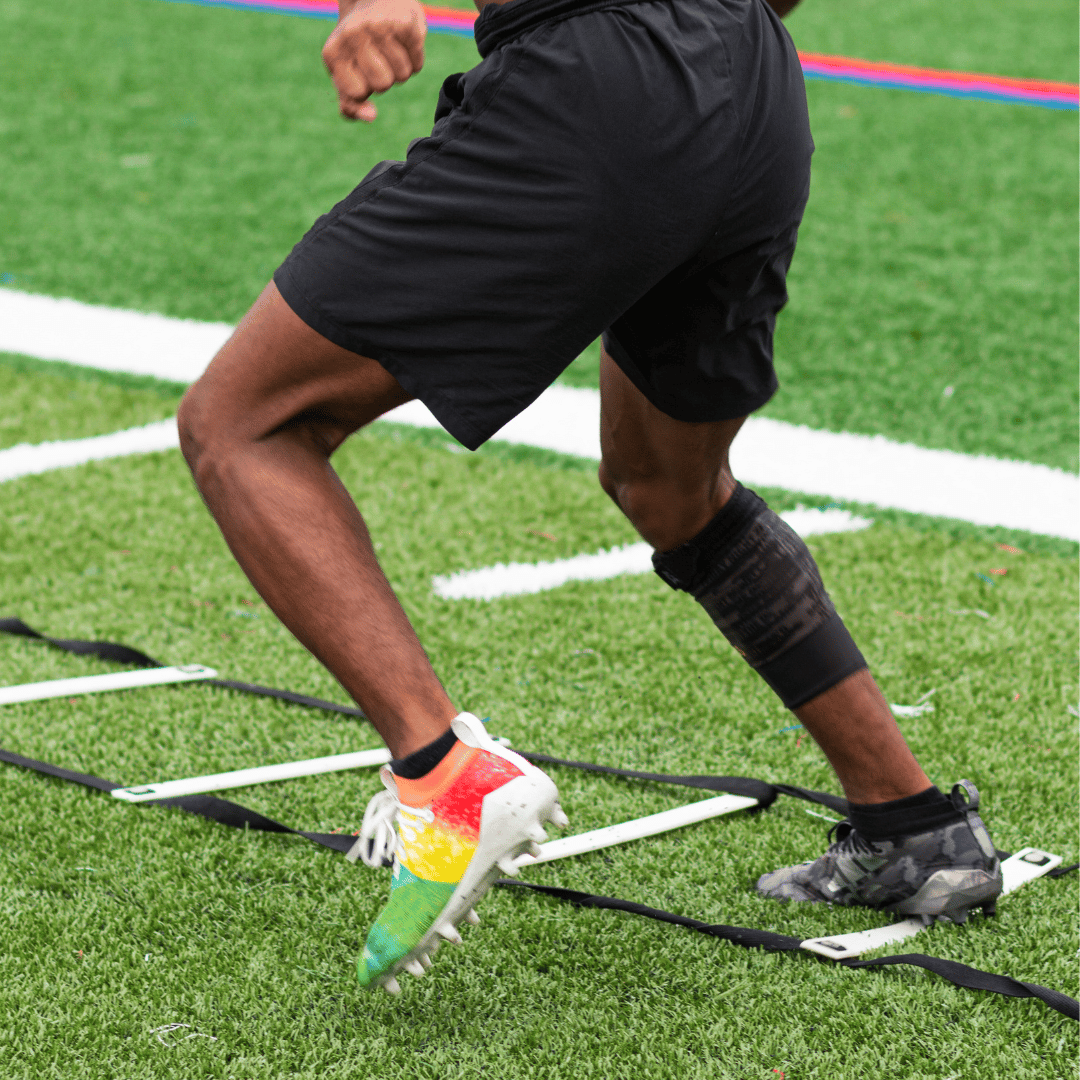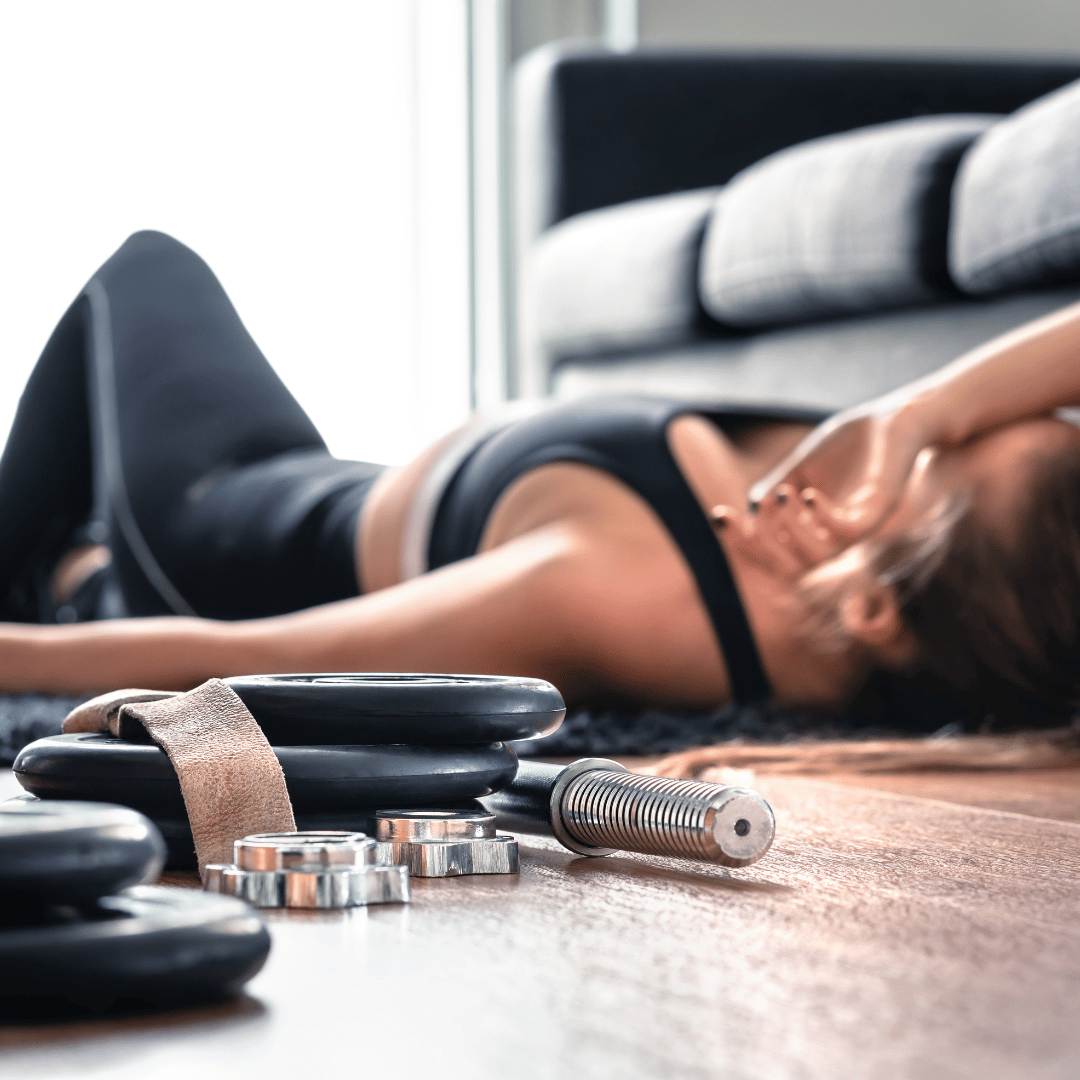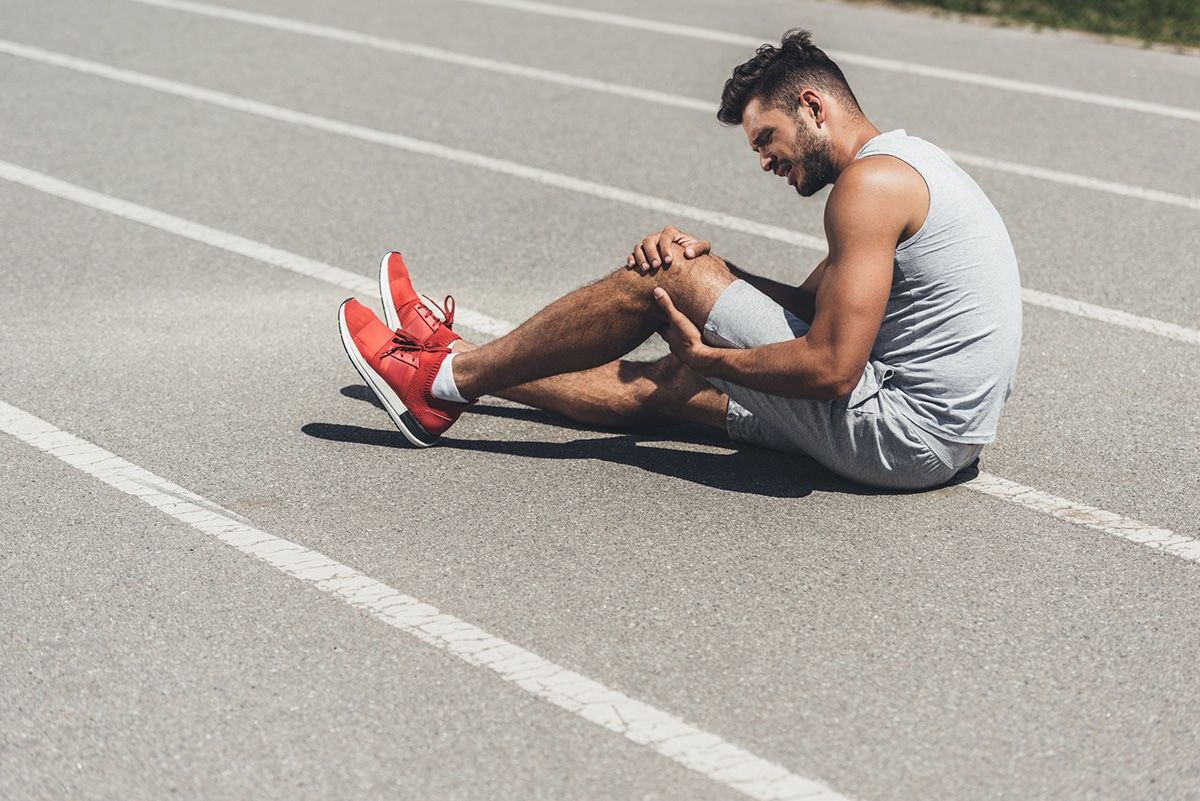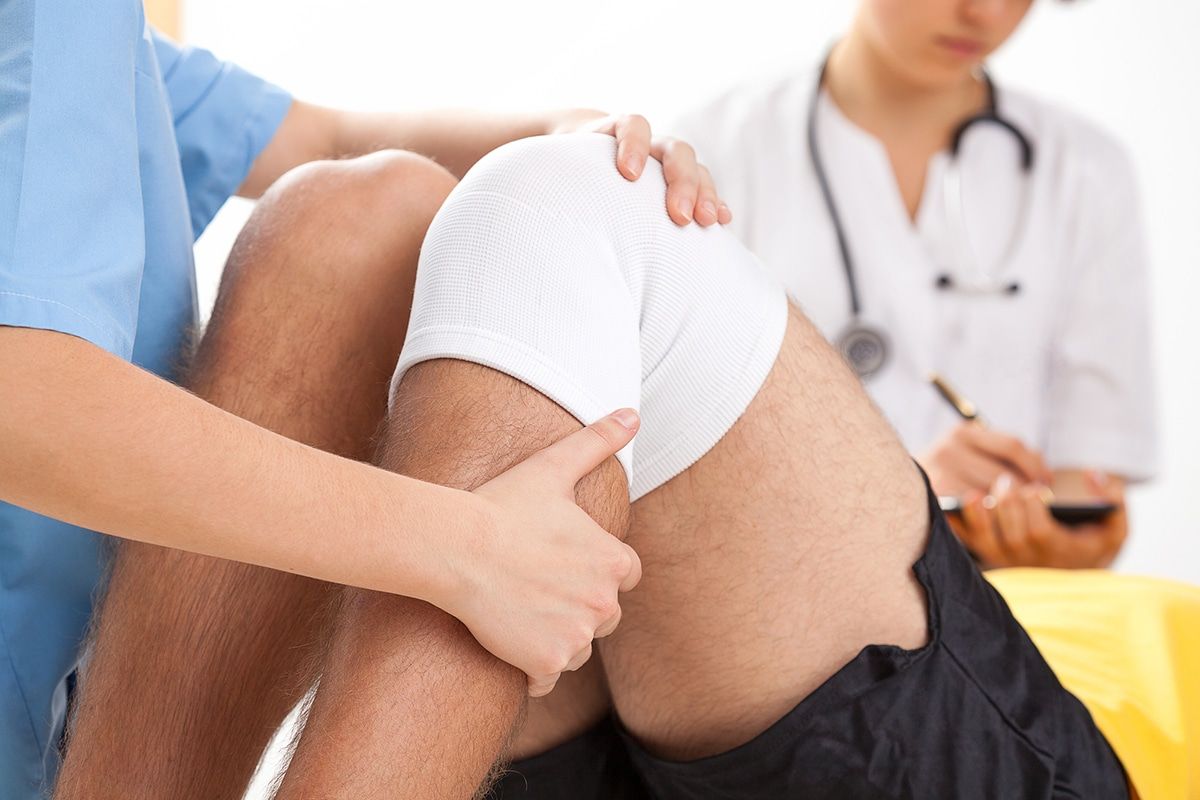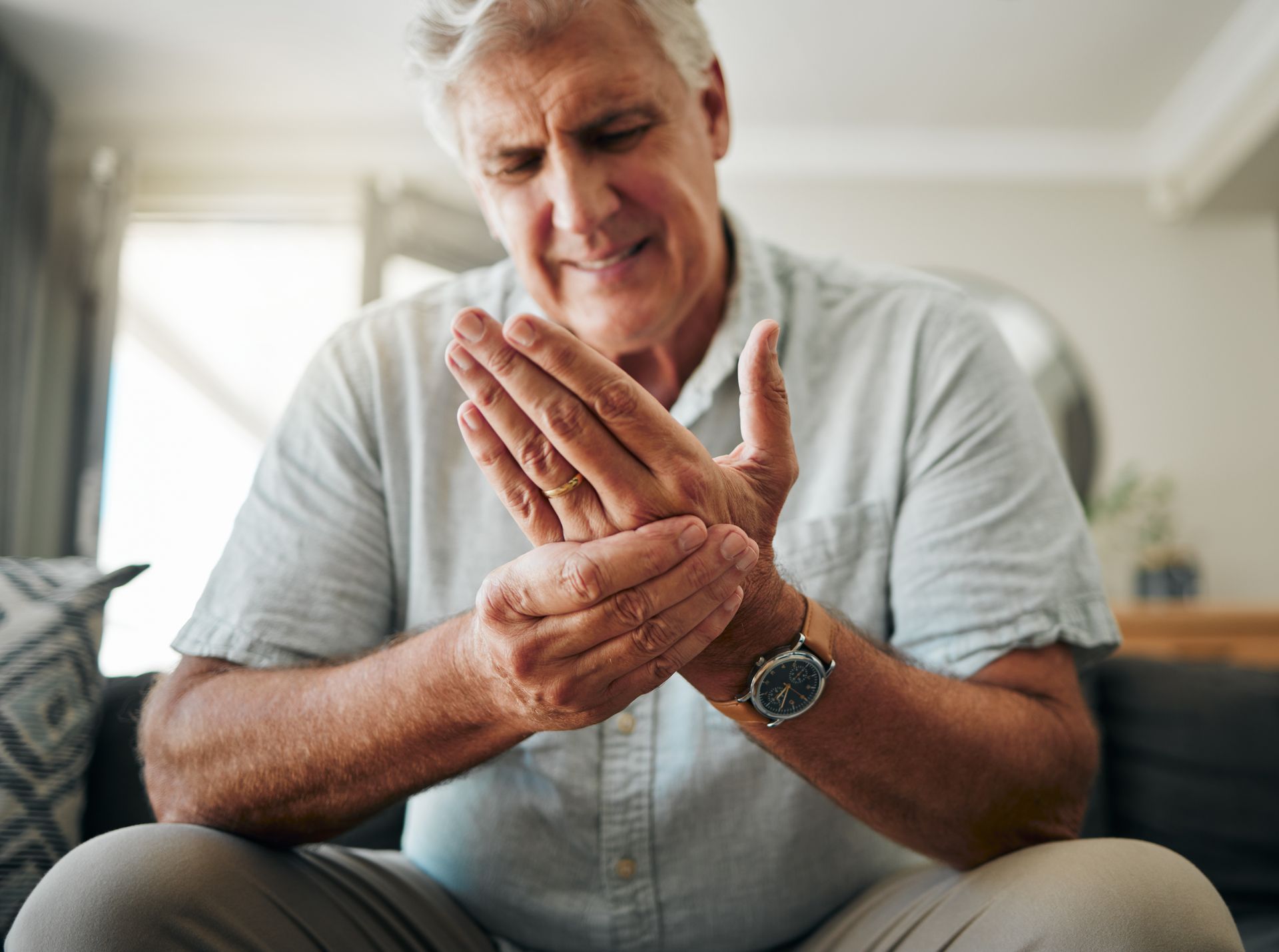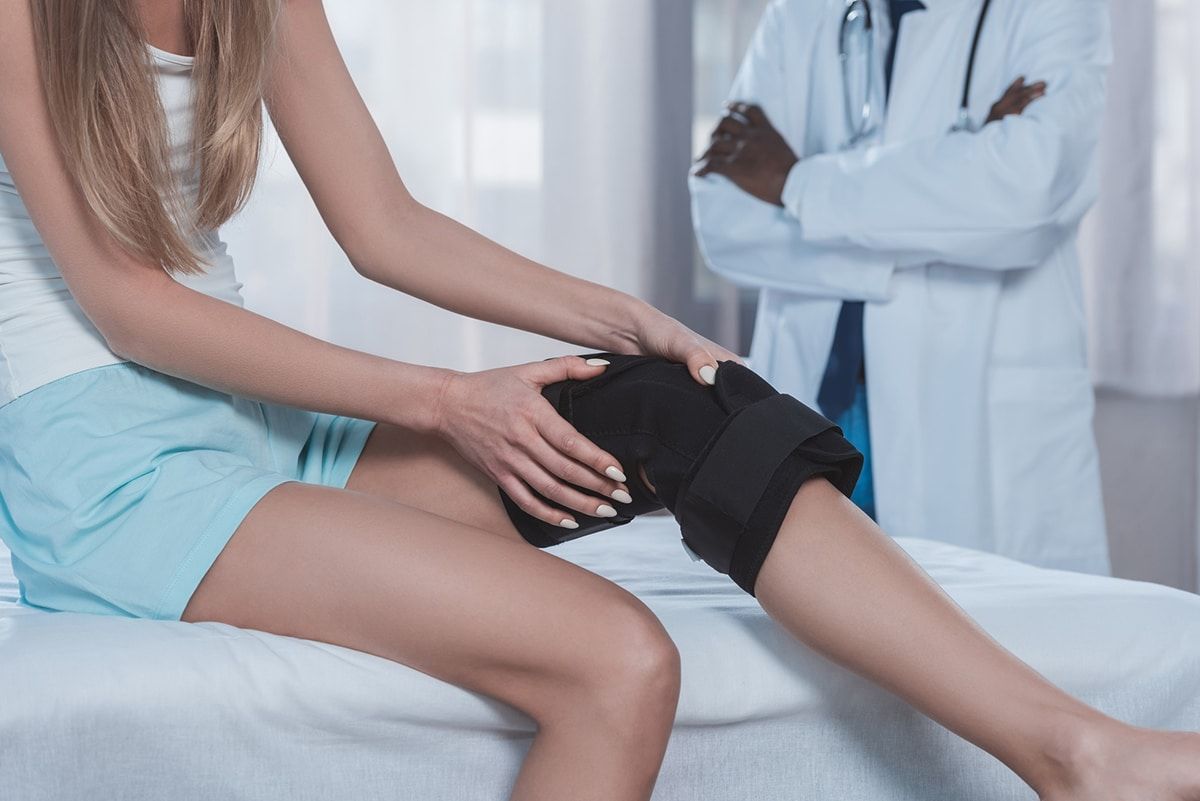Ways To Reduce Swelling
In our last blog, Dr. Breitinger defined what makes up the components of inflammation. In our next segment, we will briefly discuss ways to control and reduce joint inflammation whether acute (new injury) or chronic (lasting more than one month).
First, and most importantly, you need to identify the reason for a swollen joint.
- Did you sustain an injury?
- Was a new activity performed?
- Did you perform TOO MUCH of that new activity?
Sometimes it can be the cumulative stress of a regular activity that pushes your joint behind its normal capacity. Often times, the new or repetitive stress lowers a joints normal tolerance, and then your daily activity keeps the joint irritated.
Classically, we have been conditioned to use the mantra, RICE, for inflammation control:
- Rest
- Ice
- Compression
- Elevation
Complete REST, which some may take literally, is not the best method. First you need to stop or reduce the activity that is causing the overstressing. Mobility WOD founder and Physical Therapist Kelly Starrett uses the phrase to “Decongest the joint”. He emphasizes light, or non-stressful activity as a way for your muscles to pump the fluid out of the joint. If you are just lying on your couch, the fluid in that joint has the potential to remain.
For decades, ICE has been the preferred method for reducing inflammation. I completely agree with this statement, especially if you sustain a new injury, which causes immediate swelling and/or bruising. However, after 48 hours of that cycle starting, the arguments can me made to use either ice or heat. There continues to be a discrepancy on which method is better, with the research still lacking on which is superior, despite the aforementioned conventional wisdom that ice is better. Because ice and heat can both work as pain control methods, I always defer to my patients which method they prefer. In my eyes, it’s better to use what typically works for them, instead of getting resistance for something they dislike.
Disclaimer: Superficial heat or ice treatments can irritate the skin if too hot or cold, and left on for prolonged periods of time. Please check skin integrity regularly and avoid over treating (For ice, greater than 20 min).
COMPRESSION, in the form of wraps, neoprene bracing, or ACE bandages are excellent ways to control swelling from worsening, especially after an initial injury. They act as subtle barriers to restrict increasing joint volume. They also keep the area warm and stimulate skin receptors, which can be soothing for some.
Disclaimer: Compression should not be tight enough to cut off circulation or leave marks on the skin.
ELEVATION, can also aid in swelling reduction by limiting blood from pooling in the joint, especially in the lower leg (if indicted). Keeping the involved limb above the heart has shown beneficial results, especially with acute swelling.
Medication: While it is not within a physical therapist scope of practice to recommend specific types of medications, over the counter NSAIDS (Non-steroidal anti-inflammatories) can have a big impact on swelling and pain complaints associated with a joint injury, should it not cause significant side effects.
Disclaimer: NSAIDS should not be used more than 4-5x/week or over two-week period. If so, they should see a physician for further consultation, if they haven’t already done so.
Lastly, swelling can persist for other non-injurious reason including;
- Decreased sleep
- Increased life stress
- Poor nutrition
A physical therapy consultation can further meet your individual needs and help get to the root cause of your issue.
